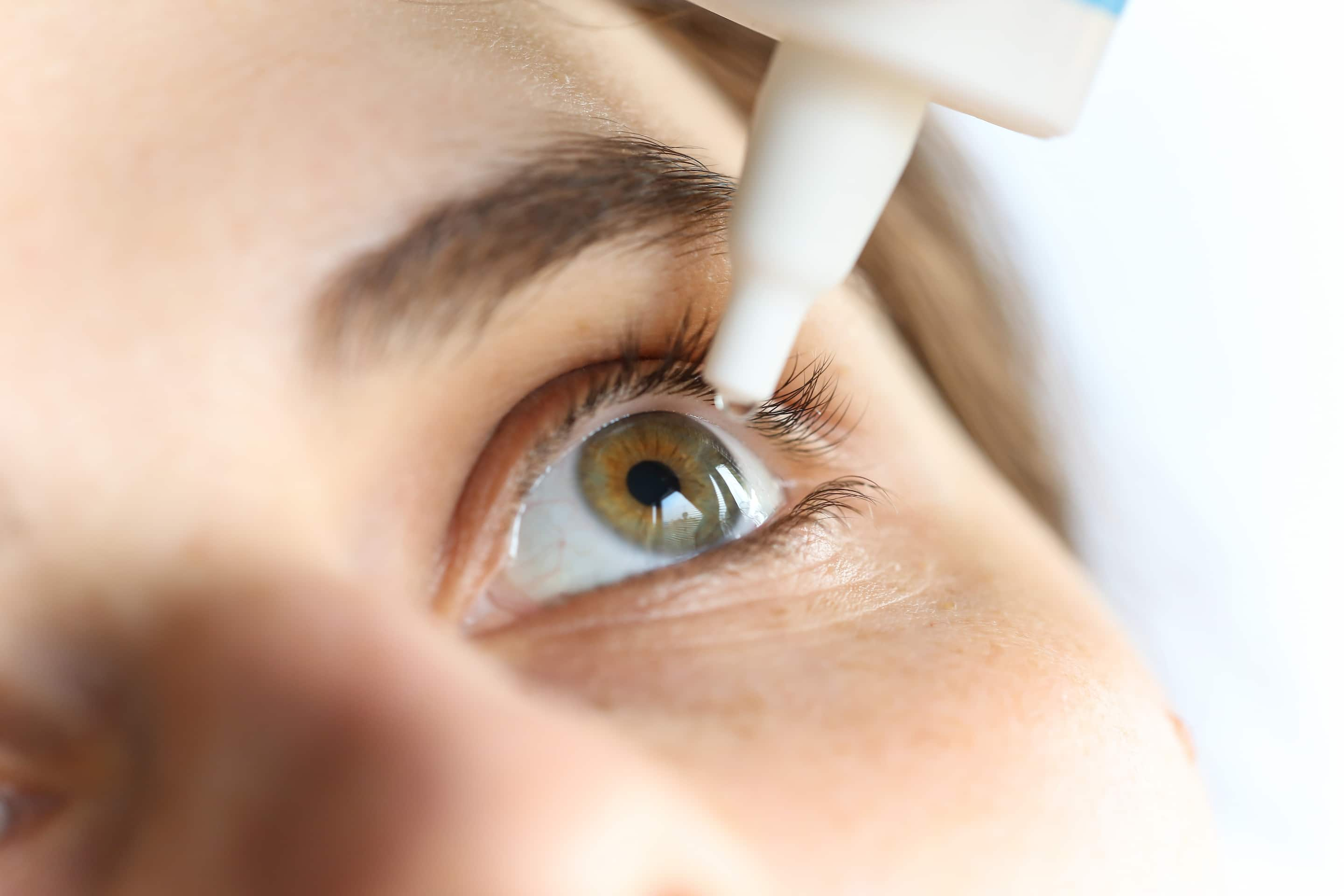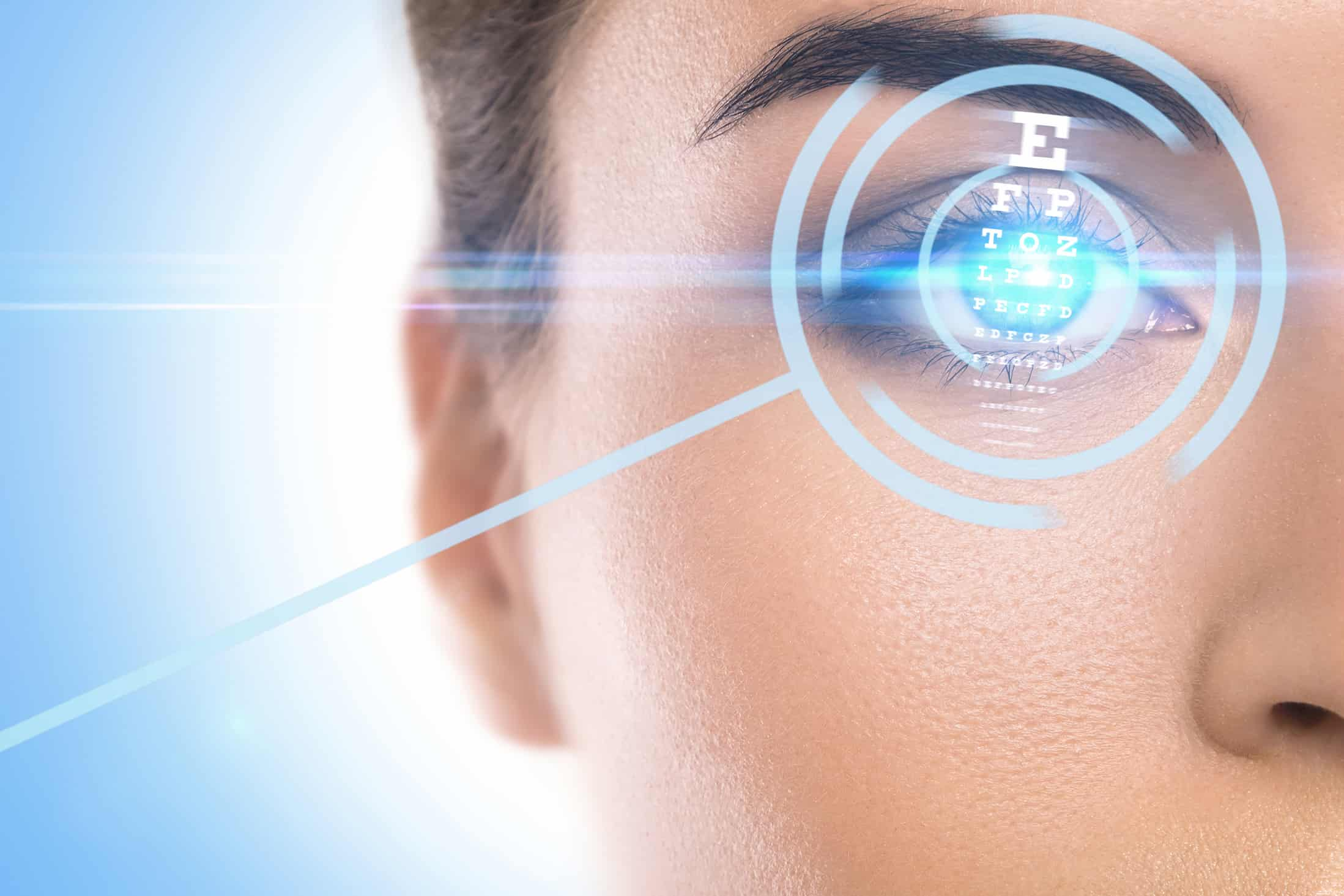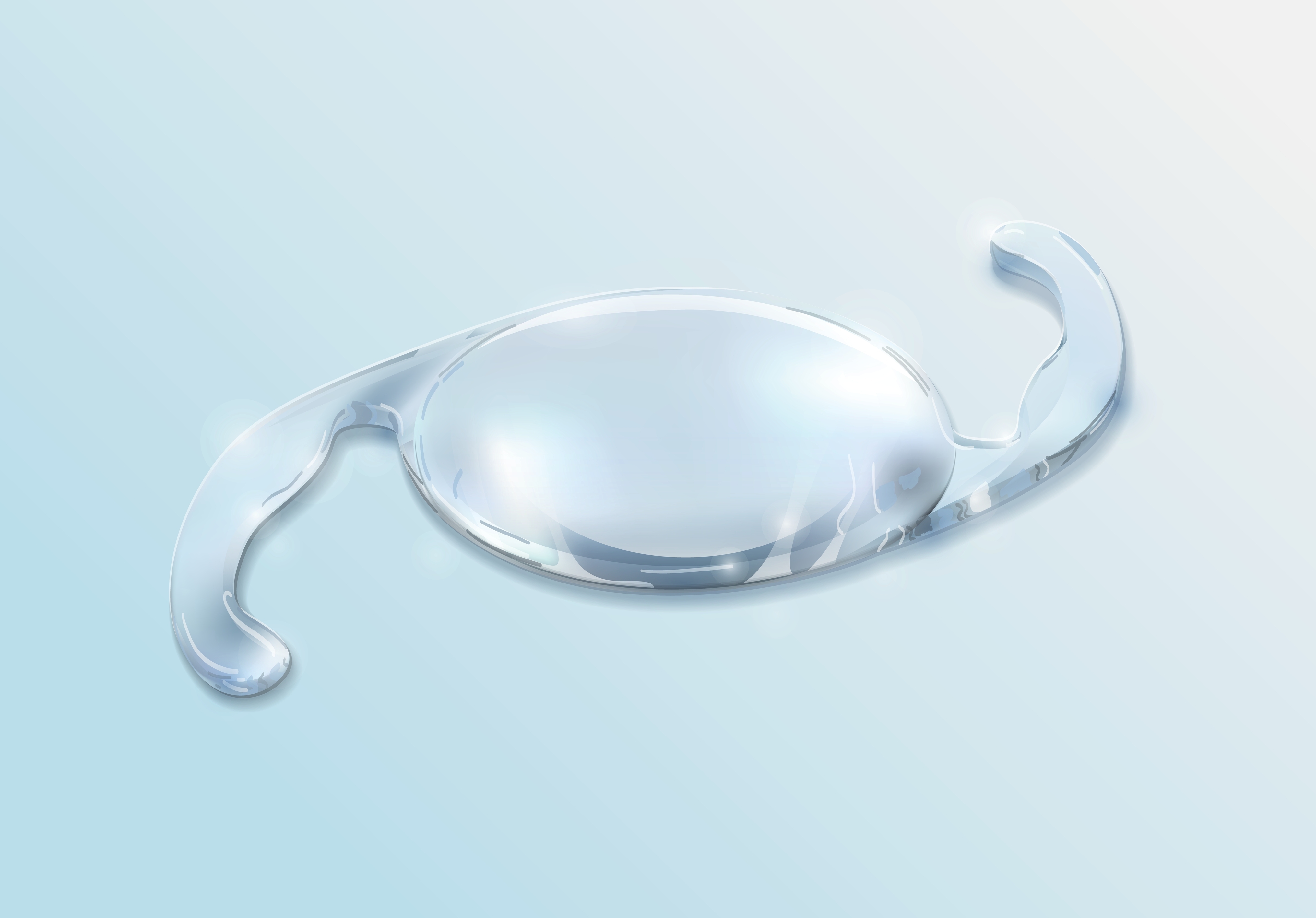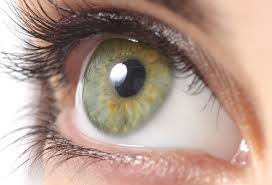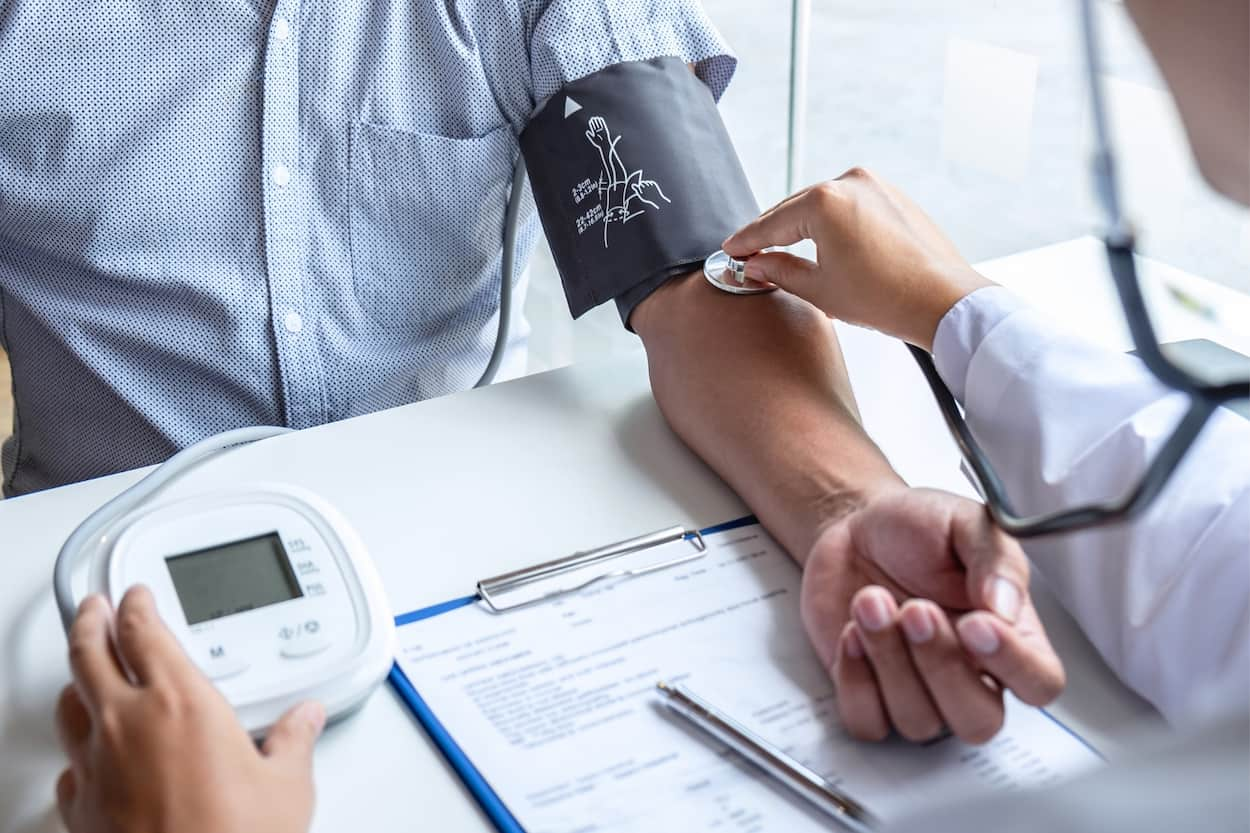
All About Hypertension Pressure in the Eyes: Causes, Symptoms, and Treatment Options
Hypertension, commonly known as high blood pressure, is a medical condition that can affect many parts of the body, including the eyes. Hypertension in the eyes, also known as ocular hypertension, occurs when the pressure inside the eye is higher than normal. This condition can cause damage to the optic nerve, leading to vision loss if left untreated. In this article, we will explore the causes, symptoms, and treatment options for hypertension in the eyes.
Causes of Hypertension in the Eyes
There are many factors that can contribute to hypertension in the eyes, including age, genetics, and other medical conditions such as diabetes and high blood pressure. The most common cause of hypertension in the eyes, however, is the buildup of fluid inside the eye. This can be caused by an imbalance in the production and drainage of the fluid that circulates through the eye, or by a blockage in the drainage system that prevents the fluid from leaving the eye.
Symptoms of Hypertension in the Eyes
In most cases, hypertension in the eyes does not cause any noticeable symptoms. However, in some cases, patients may experience symptoms such as blurred vision, halos around lights, or eye pain. These symptoms can be a sign of a more serious condition, such as glaucoma or cataracts, and should be evaluated by a healthcare professional.
Diagnosis of Hypertension in the Eyes
Diagnosing hypertension in the eyes typically involves a comprehensive eye exam, which may include measurements of the intraocular pressure, visual field testing, and examination of the optic nerve. These tests can help to determine whether a patient has hypertension in the eyes and whether it is causing any damage to the optic nerve.

Treatment Options for Hypertension in the Eyes
There are several treatment options for hypertension in the eyes, including medications, laser surgery, and traditional surgery. The goal of treatment is to lower the intraocular pressure and prevent further damage to the optic nerve.
Medications: Eye drops are the most common medication used to treat hypertension in the eyes. These drops work by either decreasing the production of fluid in the eye or by increasing the drainage of fluid from the eye. Other medications, such as oral medications and injections, may also be used in some cases.
Laser Surgery: Laser surgery is a non-invasive procedure that can be used to treat hypertension in the eyes. This procedure involves using a laser to create small holes in the iris, which can help to increase the drainage of fluid from the eye and lower intraocular pressure.
Traditional Surgery: In some cases, traditional surgery may be necessary to treat hypertension in the eyes. This procedure involves creating a small opening in the eye to allow the fluid to drain more effectively. This surgery is typically reserved for patients who have not responded to other treatment options.
Hypertension in the eyes is a common condition that can cause damage to the optic nerve and lead to vision loss if left untreated. While there are many factors that can contribute to hypertension in the eyes, the most common cause is the buildup of fluid inside the eye. Symptoms are typically not present, and diagnosis typically involves a comprehensive eye exam. Treatment options include medications, laser surgery, and traditional surgery, and the goal is to lower the intraocular pressure and prevent further damage to the optic nerve. If you suspect that you may have hypertension in the eyes, it is important to seek medical attention as soon as possible to prevent further damage and preserve your vision.
Traditional Surgery for Hypertension in the Eyes
In some cases, traditional surgery may be the best option to treat hypertension in the eyes. Two common types of traditional surgery are trabeculectomy and tube shunt surgery. During trabeculectomy, a small opening is made in the eye's sclera, allowing excess fluid to drain out. The surgeon may also create a small flap on the eye's iris to help regulate the flow of fluid. In tube shunt surgery, a small tube is implanted in the eye to drain excess fluid. The tube is connected to a small reservoir that is implanted under the skin on the side of the eye. Both procedures can be performed under local or general anesthesia, and the patient may require follow-up visits to monitor the eye's progress. While traditional surgery may be effective, it also carries more risks than other treatment options and is typically reserved for patients who have not responded to other treatments.
What Causes High Pressure in Eyes?
High pressure in the eyes, also known as ocular hypertension, can be caused by several factors. One of the primary causes is the buildup of fluid in the eye, which can be caused by an imbalance in the production and drainage of aqueous humor (the fluid that circulates in the eye). Other factors that can contribute to high eye pressure include genetics, age, certain medical conditions such as diabetes, and certain medications.
Can High Eye Pressure Be Cured?
While there is no cure for high eye pressure, it can be managed effectively with proper treatment. The goal of treatment is to lower intraocular pressure to prevent or reduce the risk of vision loss. Treatment options may include eye drops, laser surgery, or traditional surgery, depending on the severity of the condition and the underlying cause.
Is High Eye Pressure Serious?
Yes, high eye pressure can be a serious condition that requires prompt treatment. If left untreated, it can cause damage to the optic nerve, which can lead to vision loss and even blindness. However, not everyone with high eye pressure will experience vision loss, and some people with normal eye pressure may still experience vision loss due to other factors. It is important to have regular eye exams to monitor eye pressure and detect any changes early on.
Healthy Türkiye Notes
In conclusion, hypertension in the eyes, or ocular hypertension, can be a serious condition that requires prompt treatment. While there is no cure for high eye pressure, there are several effective treatment options available, including eye drops, laser surgery, and traditional surgery. It is important for individuals to have regular eye exams to monitor eye pressure and detect any changes early on. With proper treatment and management, many people with hypertension in the eyes are able to prevent or reduce the risk of vision loss and maintain good eye health. If you suspect that you may have high eye pressure or are experiencing any changes in your vision, it is important to consult with a healthcare professional or an ophthalmologist as soon as possible.
